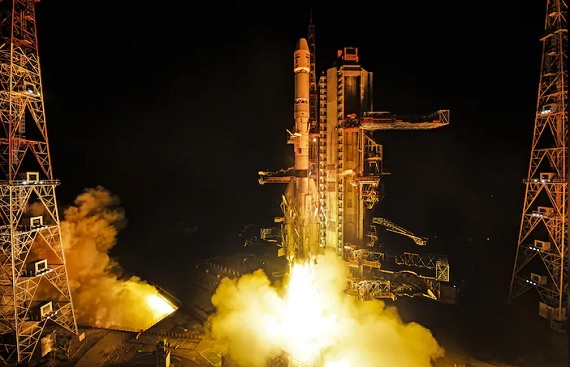ISRO's 100th Mission Faces Setback as Satellite Suffers Glitch
By
siliconindia | Monday, 03 February 2025, 13:27 Hrs

The Indian Space Research Organisation (ISRO) suffered a setback after its 100th rocket mission when the navigation satellite NVS-02, launched on Wednesday, malfunctioned due to a technical glitch on Sunday. The satellite, aimed at complementing India's navigation capability in the region, could not perform its crucial orbit-raising operations.
The update from ISRO states that a problem arose with the failure of the valves to open for the oxidizer needed to fire the thrusters to raise the orbit. In the process, the satellite could not be positioned in its assigned geostationary orbit. According to ISRO, the liquid engine used to maneuver was not operating properly and hence was the cause of the delay or perhaps the reason it never reached the intended orbit.
The satellite, currently in an elliptical orbit, is functional with all systems healthy. According to ISRO, alternate mission strategies are being devised to make use of the satellite in its current orbit though its ability to perform its intended tasks in the orbit is compromised.
The 2,250 kg satellite is the second in the NVS series and was meant to be part of India's Navigation with Indian Constellation (NavIC) system, India's regional equivalent of GPS. NavIC was developed after the 1999 Kargil War to give India its own navigation capabilities, overcoming dependency on foreign GPS systems.
Launched from Sriharikota in Andhra Pradesh at 6:23 am on Wednesday, the mission was ISRO's 100th rocket launch. Furthermore, it was the first mission under new Chairman V. Narayanan, who recently took office. This marked a new chapter for ISRO as it continued developing its space capabilities.
However, this is the latest satellite in a series of problems for the NavIC system. Six of the 11 satellites launched since 2013 have partially or fully failed. As such, ISRO keeps working on augmenting the functionality of this satellite and also explores other alternative strategies for its utilization.
